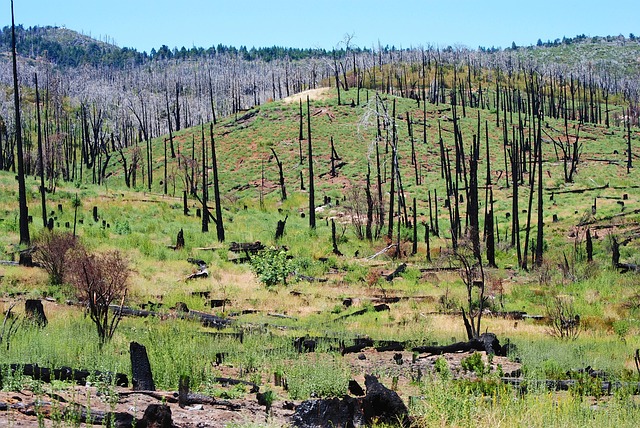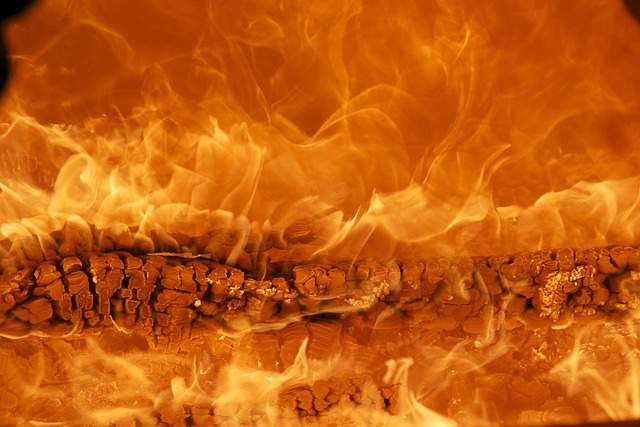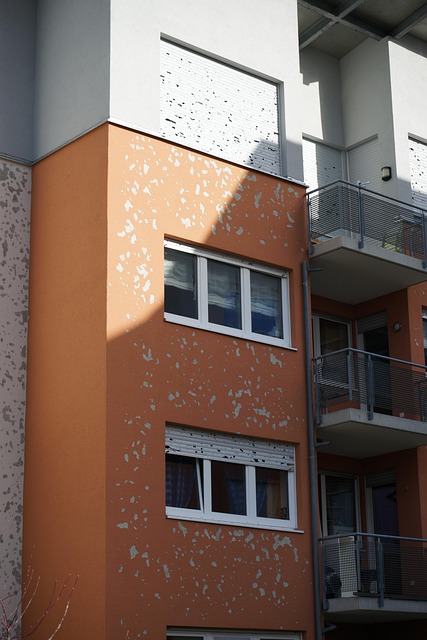In California, strict real estate laws require sellers to disclose fire damage and subsequent repairs to buyers, ensuring transparency and buyer protection during home purchases. Sellers must fill out forms like CALFORM 190 to avoid legal issues related to misrepresentation. Buyers can streamline the transaction process by understanding these regulations when considering a house with fire damage in California.
Navigating real estate disclosure laws is crucial, especially in California, where strict regulations govern what sellers must reveal about their properties. If your home has experienced fire damage, understanding these laws becomes even more important. This article guides you through the process of selling a home with fire damage in California, ensuring compliance with legal requirements and providing insights into what buyers should expect to see in disclosures. Remember that transparency is key to a smooth transaction.
- Understanding Real Estate Disclosure Laws in California
- Fire Damage and Selling a Home: What You Need to Know
Understanding Real Estate Disclosure Laws in California

In California, real estate disclosure laws are stringent, designed to protect buyers and ensure transparency throughout the home-buying process. When it comes to selling a property with fire damage, understanding these regulations is paramount. If a home has sustained fire damage, sellers must disclose this information in writing to potential buyers. This includes detailing the extent of the damage, any repairs carried out, or if the property was insured. Failure to do so may result in legal consequences and could impact the sale’s progress.
California law requires that all relevant facts about a property be revealed, especially those that might affect a buyer’s decision. In the case of fire damage, buyers have a right to know if the issue has been resolved and if the property is considered safe for occupation. Sellers must provide accurate information, including any reports or documentation related to the fire incident and subsequent repairs, to ensure a smooth transaction process. This transparency not only protects buyers but also helps them make informed decisions when purchasing a home, especially when dealing with potential structural or safety issues like fire damage in California.
Fire Damage and Selling a Home: What You Need to Know

In California, selling a home with fire damage requires adherence to specific disclosure laws. It’s crucial for both sellers and buyers to be aware of these regulations to ensure a smooth transaction. If a property has sustained fire damage, the seller must disclose this information in writing to potential buyers, providing details about the extent of the damage and any repairs conducted. This transparency is essential to prevent legal issues post-sale.
California’s real estate disclosure forms, such as the CALFORM 190 (Disclosure of Known Defects), should be accurately completed, including any known fire damage and repair efforts. Sellers are not required to disclose latent defects, but revealing visible evidence of fire damage is critical. Failure to do so may result in legal consequences for misrepresentation, emphasizing the need for honesty and comprehensive disclosure when selling a property with fire damage.
In California, real estate disclosure laws are stringent, especially regarding fire damage. If you’re selling a home with such damage, it’s crucial to be transparent and provide accurate information to potential buyers. While the process may seem daunting, being upfront about fire damage history can expedite the sale and ensure a smooth transaction. Remember, full disclosure is key when it comes to can you sell a house with fire damage in California.






